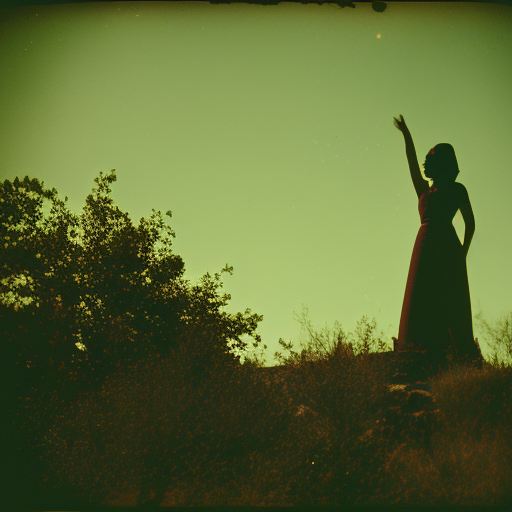Pocahontas: A Native American Icon
Pocahontas was a Native American woman who played a significant role in the early history of the English settlement at Jamestown, Virginia. Born in 1596, she was the daughter of Powhatan, the paramount chief of the Powhatan Confederacy. Pocahontas is best known for her interactions with the English colonists, particularly her involvement with the Englishman John Smith and her subsequent marriage to John Rolfe. Her story has become a symbol of Native American and colonial history, inspiring countless books, films, and works of art.
Early Life and Encounter with John Smith
Pocahontas was born into a world of political and cultural complexity. As the daughter of Powhatan, she grew up in a society where alliances and conflicts with neighboring tribes were common. In 1607, when she was around 11 years old, the English established Jamestown, and Pocahontas’s life would soon intersect with theirs. According to John Smith’s account, Pocahontas saved him from execution by her father in 1608, an event that has become legendary. However, some historians question the accuracy of Smith’s story.
Relations with the English Colonists
Pocahontas continued to have contact with the English colonists over the next few years. She often served as a mediator between the Powhatan Confederacy and the English, helping to maintain a fragile peace. In 1613, during the First Anglo-Powhatan War, Pocahontas was captured by the English and held as a hostage. During her captivity, she converted to Christianity and took the name Rebecca. In 1614, she married John Rolfe, an English settler, which helped to solidify the peace between the Powhatan Confederacy and the English colonists.
Life in England and Legacy
In 1616, Pocahontas and John Rolfe traveled to England, where she was presented as a symbol of the success of the Jamestown colony. Pocahontas was received at court and met with King James I and Queen Anne. However, she fell ill shortly after their arrival and died in March 1617 at the age of 21. Pocahontas left behind a son, Thomas Rolfe, who would later play a role in the history of the Jamestown colony.
Pocahontas’s story has been the subject of much interpretation and myth-making. Her image has been romanticized and idealized, often portraying her as a noble savage or a symbol of interracial harmony. However, it is important to recognize the complexities of her life and the historical context in which she lived. Pocahontas’s interactions with the English colonists were shaped by power dynamics, cultural misunderstandings, and the larger forces of colonization.
Pocahontas’s legacy extends beyond her own life. Her marriage to John Rolfe and the subsequent peace between the Powhatan Confederacy and the English colonists allowed for the survival and growth of the Jamestown colony. Her story has also become a symbol of the early history of America, representing both the clash and the potential for understanding between different cultures.
In recent years, there has been a renewed interest in Pocahontas and a reevaluation of her place in history. Scholars have sought to uncover the truth behind the myths and to give voice to Native American perspectives. Pocahontas’s story serves as a reminder of the complex and often tragic history of Native Americans in the face of European colonization. Her legacy continues to inspire and challenge us to confront the complexities of our shared history.












